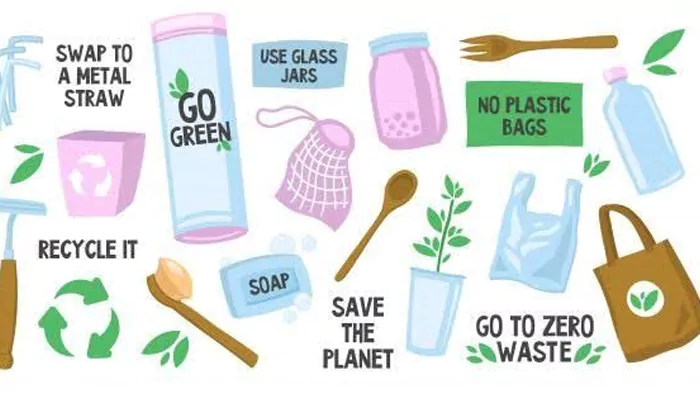
Sustainability isn’t just good for the planet—it’s great for your wallet too!
Every year on June 5, people across the globe observe World Environment Day—a reminder that the Earth needs our care now more than ever. In India, environmental challenges including air pollution, water scarcity, and excessive plastic use are on the rise, thus this day is more than symbolic. It’s a call to immediate action.
But what if we told you that embracing green is not only about saving the planet—it can also save you hard earned money
Let’s explore how sustainable living can be economically rewarding, especially in Indian households.
Sustainable living simply means making lifestyle choices that reduce carbon footprint, conserve natural resources, and promote eco-conscious habits. This includes reducing waste, saving energy, choosing locally grown products, and more.
Now here’s the catch; many people think sustainable products or habits are more expensive, the truth is that over time, they help you cut costs, reduce bills, and avoid unnecessary spending.

The upfront cost of installing solar panels may seem high, but the benefits are undeniable. Once set up, your electricity bills can drop by up to 80%. Some additional benefits are as follows:
No more skyrocketing power bills.
Government subsidies up to 40% for rooftop solar under PM Surya Ghar Yojana.
Excess electricity? Sell it back to the grid!

Across India, water scarcity is real. Installing low-flow taps, dual flush toilets, and rainwater harvesting systems can significantly reduce water usage as well as your monthly water bill.
A typical Indian household can save 30-50% on water use.
Rainwater harvesting earns tax rebates in many cities.

Indians use more than 25,000 tonnes of plastic every day. Investing in reusable cloth bags, metal straws and glass containers reduces waste—and the need to buy disposables repeatedly.

Shopping at local sabzi mandi or opting for homegrown seasonal vegetables and fruits not only supports Indian farmers but also saves money. Remember, imported or off-season produce is much costlier due to logistics. Above all, locally grown food has fewer chemicals and more nutritional benefits.

With petrol prices touching ₹100+ per litre, Indian commuters are feeling the pinch. Opt for cycling, walking, or carpooling to reduce fuel expenses as well as carbon emissions.
Short distances? Walk or cycle—it’s free and healthy.
Carpooling apps help split fuel costs.
Instead of discarding old sarees or jeans, turn them into curtains, cushion covers, or bags. Upcycling saves money, sparks creativity, and reduces landfill waste. Use YouTube tutorials to learn easy and affordable home upcycles.

Adopting a sustainable lifestyle isn’t about overnight transformation. It’s about small and mindful changes that stack up over time. From turning off unused lights and taps to carrying your own water bottle, or saying no to plastic bags, every action counts.
And the best part? While reducing pollution, conserving water, and fighting climate change, you’re also saving money, improving health, and investing in a better future for your children.
This World Environment Day, let’s commit to a greener India—not just for the Earth, but for our wallets too!